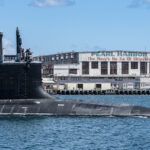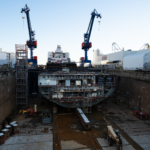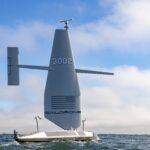
The Marine Corps is exploring alternative means of creating forward presence as it deals with a shortfall in amphibious shipping, but service leadership is wary of relying on alternative platforms to move Marines and their goods around the globe. Speaking at the Center for Strategic and International Studies on Thursday about a recent CSIS report, Amphibious Shipping Shortfalls: Risks and Opportunities to Bridge the Gap, Assistant Commandant of the Marine Corps Gen. John Paxton made clear that “alternative platforms are…












